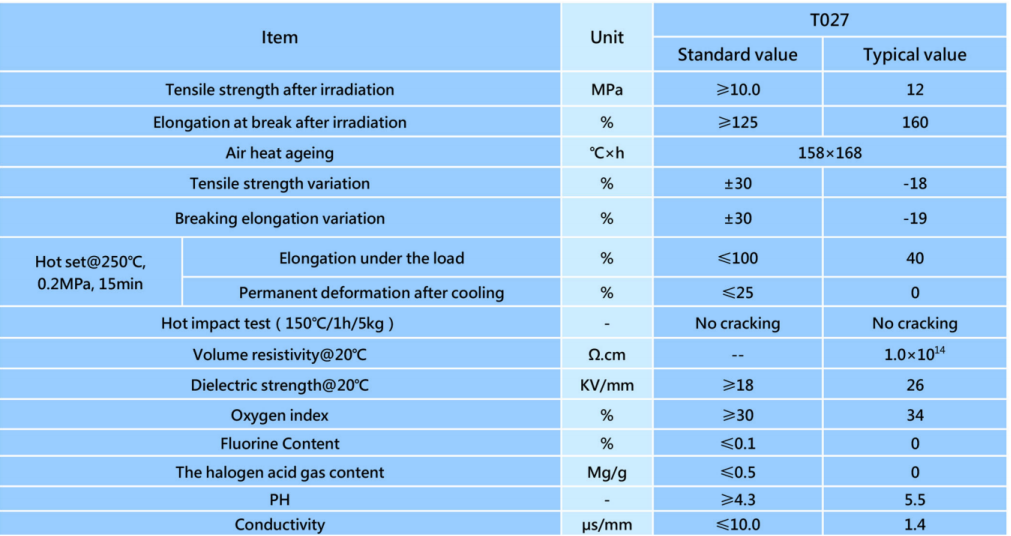Enhanced Performance: The Advantages of Irradiation Crosslinking LSZH HFFR in Photovoltaic Applications
![T027(1)]()
FAQ:
Q: What is irradiation crosslinking LSZH HFFR for photovoltaic cable?
A: Irradiation crosslinking LSZH HFFR (Low Smoke Zero Halogen Halogen-Free Flame Retardant) is an advanced compound used in the insulation and sheathing of photovoltaic (PV) cables. It combines the benefits of irradiation crosslinking technology with LSZH HFFR formulation, offering enhanced fire safety, durability, and environmental sustainability.
Q: What are the key benefits of irradiation crosslinking LSZH HFFR for photovoltaic cable?
A: Irradiation crosslinking LSZH HFFR compounds provide superior fire resistance, low smoke emission, and halogen-free properties, making them ideal for PV cable applications. They offer excellent resistance to UV radiation, mechanical stress, and harsh environmental conditions, ensuring reliable performance and longevity in solar power installations.
Q: How does irradiation crosslinking technology enhance the performance of LSZH HFFR compounds?
A: Irradiation crosslinking involves subjecting the LSZH HFFR compound to high-energy radiation, which induces crosslinking of polymer chains. This process enhances the mechanical, thermal, and electrical properties of the compound, improving its overall performance and durability.
Q: Are irradiation crosslinking LSZH HFFR cables environmentally friendly?
A: Yes, irradiation crosslinking LSZH HFFR cables are environmentally friendly. They do not contain halogen elements and emit minimal smoke and toxic gases in the event of a fire. Additionally, their durable construction and long service life contribute to reducing the environmental impact of PV installations.
Q: Are irradiation crosslinking LSZH HFFR cables suitable for outdoor installations?
A: Yes, irradiation crosslinking LSZH HFFR cables are suitable for outdoor installations. They offer excellent resistance to UV radiation, moisture, and weathering, ensuring reliable performance in outdoor environments. However, proper cable management techniques should be employed to protect cables from mechanical damage and excessive UV exposure.
































